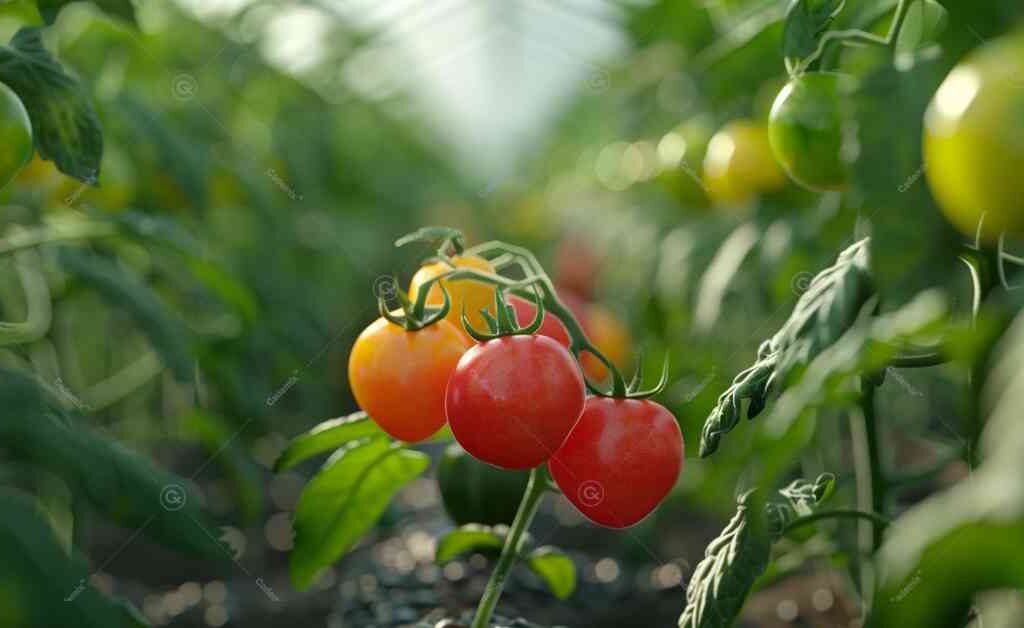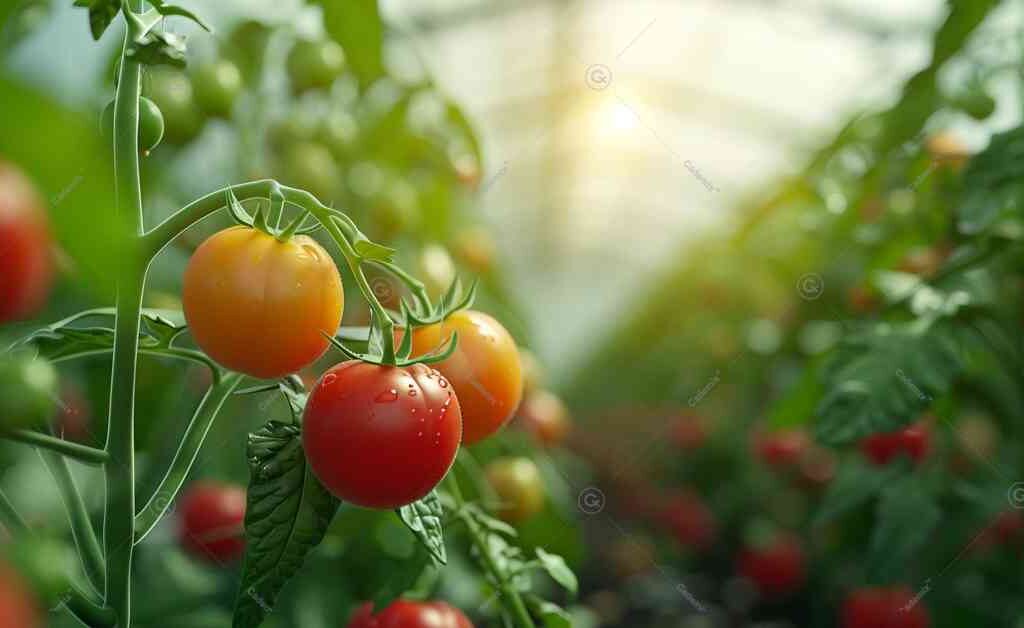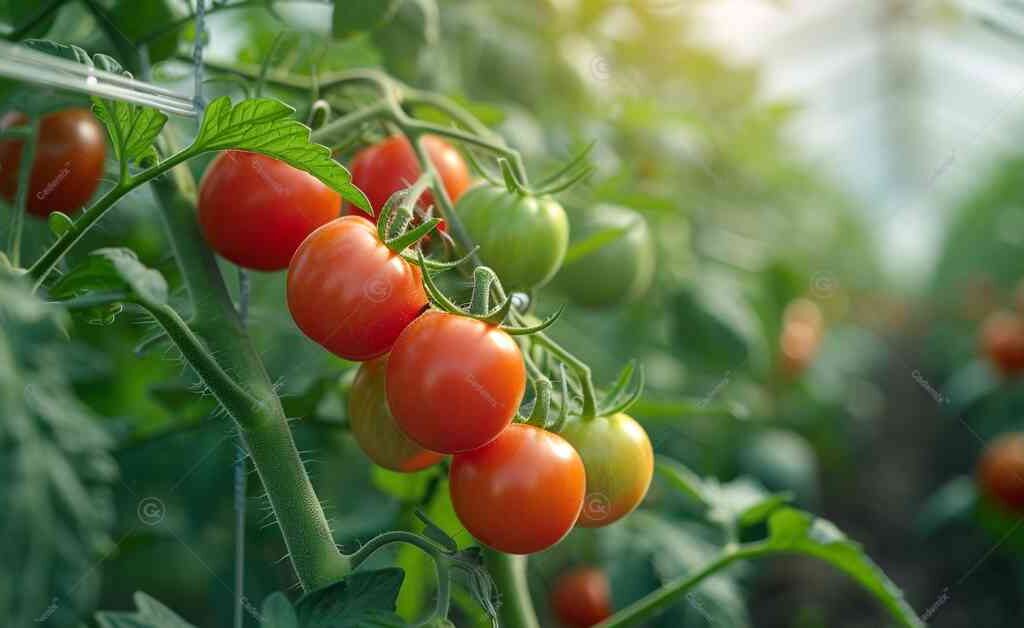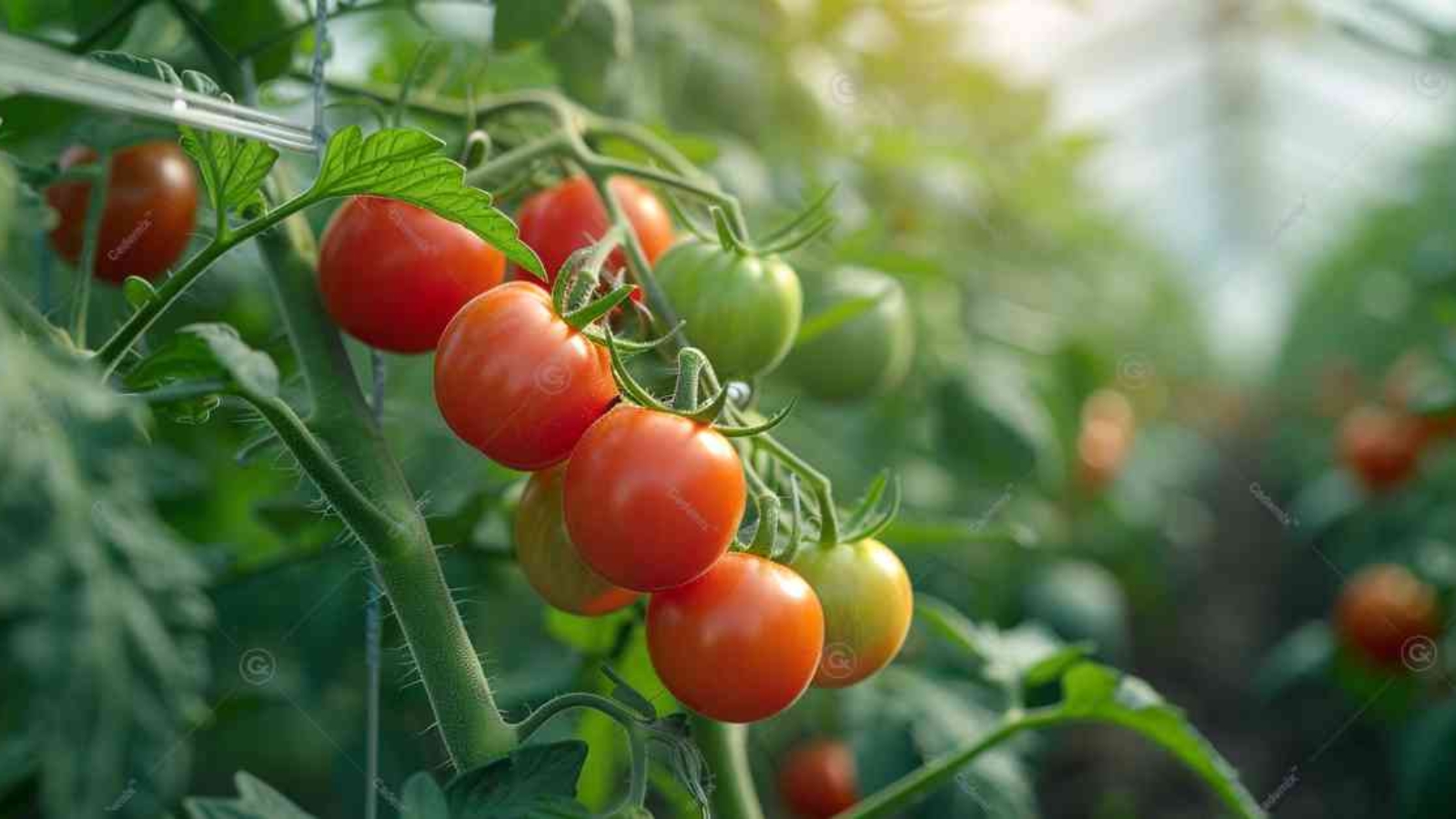Abstract
Family farms have long been the backbone of agriculture, providing food security, preserving cultural heritage, and sustaining rural economies. This article delves into the multifaceted aspects of family farms, exploring their historical significance, current challenges, modern innovations, and future prospects. By examining the socio-economic and environmental impacts of family farming, this comprehensive analysis highlights the enduring relevance and evolving nature of these vital agricultural enterprises.
Cademix Instute of Technology-Agriculture Editorial Board
Keywords: family farm, sustainable agriculture, rural development, agricultural innovation, food security
Introduction
low-acreage farm represent a cornerstone of the agricultural landscape, deeply embedded in the social, economic, and cultural fabric of communities worldwide. Defined by the family-based management and labor structure, these farms vary widely in size, type, and production methods. This article explores the evolution of family farms, their significance in today’s agricultural economy, the challenges they face, and the innovations that are shaping their future. FAO’s definitions of family farming is also considerable.

Historical Significance
Origins and Development
Early Agriculture
The concept of the low-acreage farm dates back to the earliest days of agriculture. Early human societies transitioned from nomadic lifestyles to settled farming communities, where families cultivated small plots of land to sustain themselves. These early family farms were characterized by subsistence farming, where the primary goal was to produce enough food to feed the family.
Agricultural Revolution & Family Farm
The Agricultural Revolution brought significant changes to small scale farming units. Innovations such as crop rotation, selective breeding, and the introduction of new tools and machinery increased productivity and efficiency. Family farms expanded their operations, producing surplus crops that could be sold or traded, thus integrating into broader economic systems.
Cultural and Social
Preservation of Traditions
Family business have played a crucial role in preserving agricultural traditions and knowledge. Farming practices, techniques, and crop varieties have been passed down through generations, maintaining a rich cultural heritage. This transmission of knowledge ensures the continuity of traditional farming methods and the conservation of heirloom crops and livestock breeds.
Community and Social Structure
Family business have been integral to the social structure of rural communities. They provide a sense of identity and belonging, fostering strong community ties and mutual support. Community events, such as harvest festivals and farmers’ markets, often revolve around the activities of family farms, strengthening social cohesion.

Current Challenges
Economic Pressures
Market Competition
Family business face intense competition from large-scale industrial farms that benefit from economies of scale. These larger operations can produce food more cheaply, putting pressure on family farms to reduce costs and increase efficiency. The volatility of agricultural markets and fluctuating commodity prices further exacerbate economic pressures.
Access to Capital
Securing financing for family farms can be challenging. Traditional financial institutions may be hesitant to lend to small-scale operations due to perceived risks and lower profit margins. This lack of access to capital limits the ability of family farms to invest in modern equipment, infrastructure, and sustainable practices.
Environmental Challenges
Climate Change
Climate change poses significant risks to crop production rate. Erratic weather patterns, increased frequency of extreme weather events, and shifting growing seasons affect crop yields and livestock productivity. Family farms, often with limited resources, may struggle to adapt to these changes and implement necessary mitigation strategies.
Soil Degradation and Resource Management
Sustainable soil and water management are critical for the long-term viability of family farms. Overuse of chemical fertilizers and pesticides, coupled with inadequate soil conservation practices, can lead to soil degradation and reduced fertility. Water scarcity and inefficient irrigation systems also pose challenges, particularly in regions prone to drought.
Social and Demographic Issues
Aging Farmer Population
The aging demographic of farmers is a pressing issue for crops. Many young people are reluctant to pursue careers in agriculture due to perceived low income, hard work, and uncertain future prospects. This trend threatens the continuity of family farms and the transfer of agricultural knowledge to the next generation.
Urbanization and Land Use Changes
Urban expansion and industrial development often encroach on agricultural land, reducing the availability of farmland for family farms. Land use changes and property development pressures can make it difficult for family farms to maintain or expand their operations.
Innovations and Adaptations
Technological Advancements
Precision Agriculture
Precision agriculture technologies, such as GPS-guided equipment, remote sensing, and data analytics, are transforming family farming. These tools enable farmers to optimize input use, monitor crop health, and improve yields with greater efficiency and precision. By adopting precision agriculture, family farms can enhance productivity and reduce environmental impact.
Automation and Robotics
Automation and robotics are increasingly being integrated into farming operations. Automated systems for planting, irrigation, and harvesting can reduce labor costs and increase efficiency. Drones and robotics for monitoring and managing crops and livestock offer new opportunities for precision farming and resource management.

Sustainable Practices
Organic Farming
Organic farming practices are gaining popularity among farms as a way to differentiate their products and appeal to health-conscious consumers. By avoiding synthetic chemicals and emphasizing natural processes, organic farming can improve soil health, enhance biodiversity, and create sustainable farming systems.
Agroecologyn
Agroecology integrates ecological principles into agricultural practices, promoting biodiversity, soil health, and ecosystem services. limited farms adopting agroecological practices focus on crop diversification, intercropping, and integrated pest management, creating resilient and sustainable farming systems.
Alternative Business Models
Community Supported Agriculture (CSA)
Community Supported Agriculture (CSA) models involve consumers directly supporting a local farm by purchasing a share of the harvest in advance. This model provides family farms with upfront capital, reduces financial risk, and strengthens community connections. Consumers benefit from fresh, locally grown produce and a closer relationship with the farmers.
Agritourismn
Agritourism offers low acre farms additional revenue streams by attracting visitors to experience farm life. Activities such as farm tours, workshops, and on-farm events provide educational and recreational opportunities for the public. Agritourism can enhance the farm’s economic viability and promote agricultural literacy.
The Future of Low Acre Farms
Policy Support and Advocacy
Government Policies
Supportive government policies are essential for the sustainability of family farms. Policies that provide financial assistance, access to markets, and incentives for sustainable practices can help family farms thrive. Programs aimed at supporting young farmers, such as grants, training, and mentorship, are crucial for ensuring the continuity of family farming. It is necessary to explain that in the modern point of view, since Agriculture in a controlled environment is also considered as agricultural lands, they can be considered in family farming.
International Cooperation
International organizations, such as the Food and Agriculture Organization (FAO) and the International Fund for Agricultural Development (IFAD), play a vital role in promoting sustainable family farming. These organizations provide technical assistance, funding, and policy advocacy to support family farms globally.
Community Engagement and Education
Farmer Networks
Creating and strengthening farmer networks can enhance knowledge sharing, collaboration, and mutual support among family farms. These networks facilitate the exchange of best practices, innovative solutions, and collective bargaining power.
Agricultural Education
Promoting agricultural education and training programs can attract young people to farming and equip them with the skills needed for modern agriculture. Educational institutions, extension services, and agricultural organizations should collaborate to provide comprehensive training and support for aspiring farmers.
Embracing Technology and Innovation
Digital Agriculture
Digital agriculture, including mobile apps, online platforms, and data analytics, can empower family farms with valuable information and resources. Access to market prices, weather forecasts, and best practices through digital tools can enhance decision-making and efficiency.
Renewable Energy
Adopting renewable energy sources, such as solar and wind power, can reduce energy costs and environmental impact for all types of farming. Investment in renewable energy infrastructure can make family farms more sustainable and resilient to energy price fluctuations.
Conclusion
Farming as a family heritage remain a vital component of the global agricultural landscape, contributing to food security, rural development, and cultural heritage. Despite the numerous challenges they face, family farms continue to innovate and adapt, embracing new technologies and sustainable practices. By supporting family farms through favorable policies, community engagement, and technological advancements, we can ensure their sustainability and prosperity for future generations. As family farms evolve, they will continue to play a crucial role in building resilient, sustainable, and inclusive agricultural systems.

